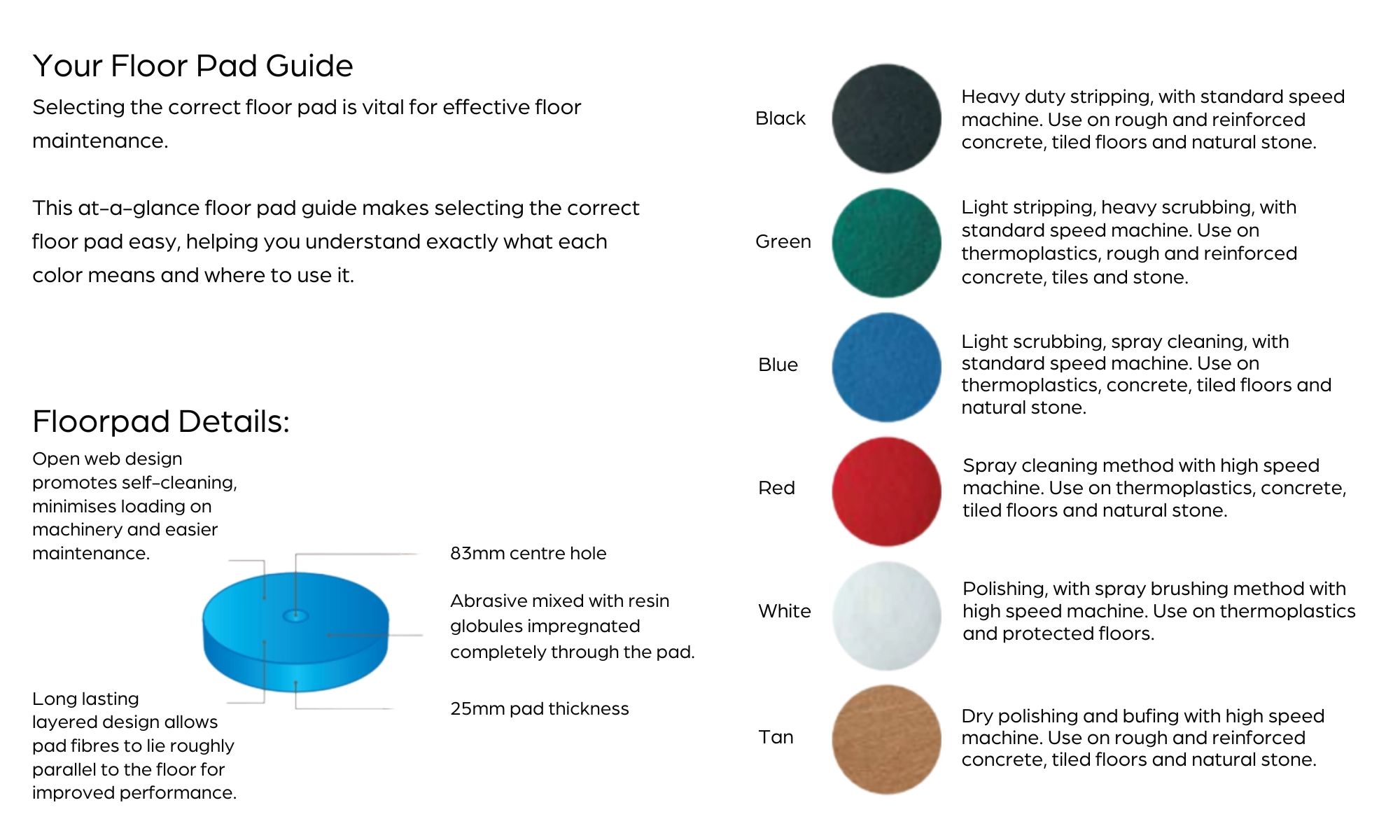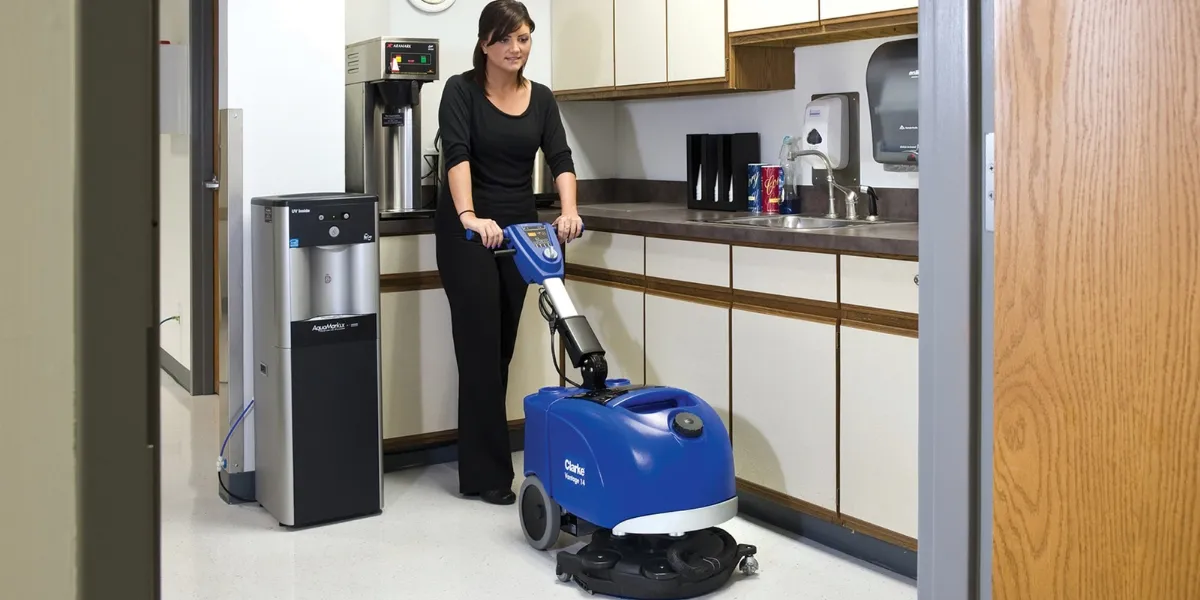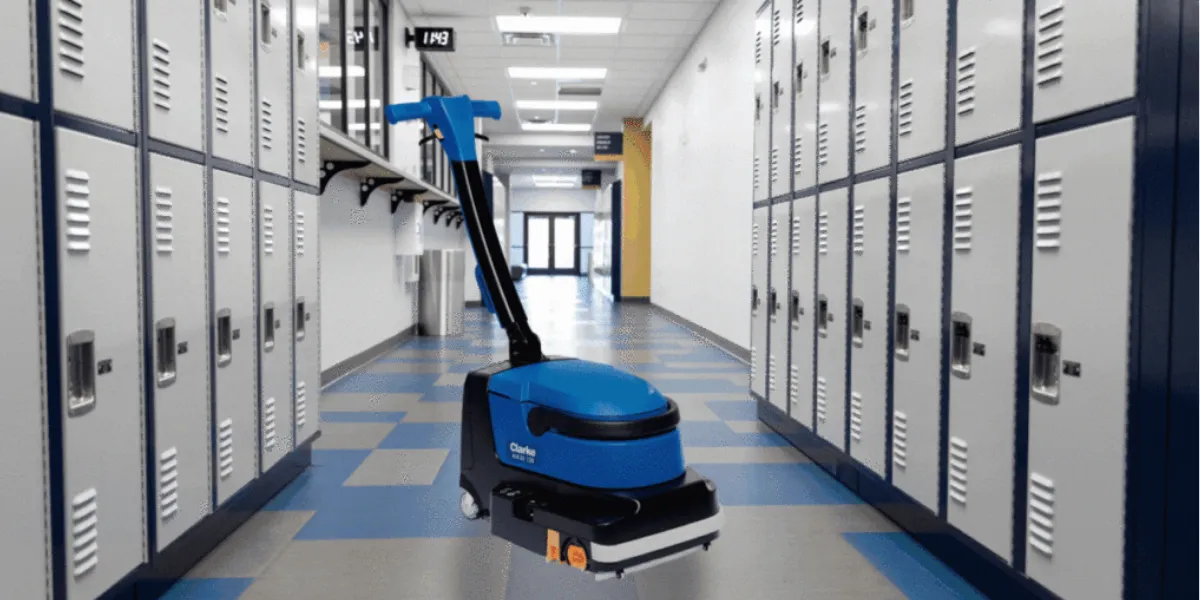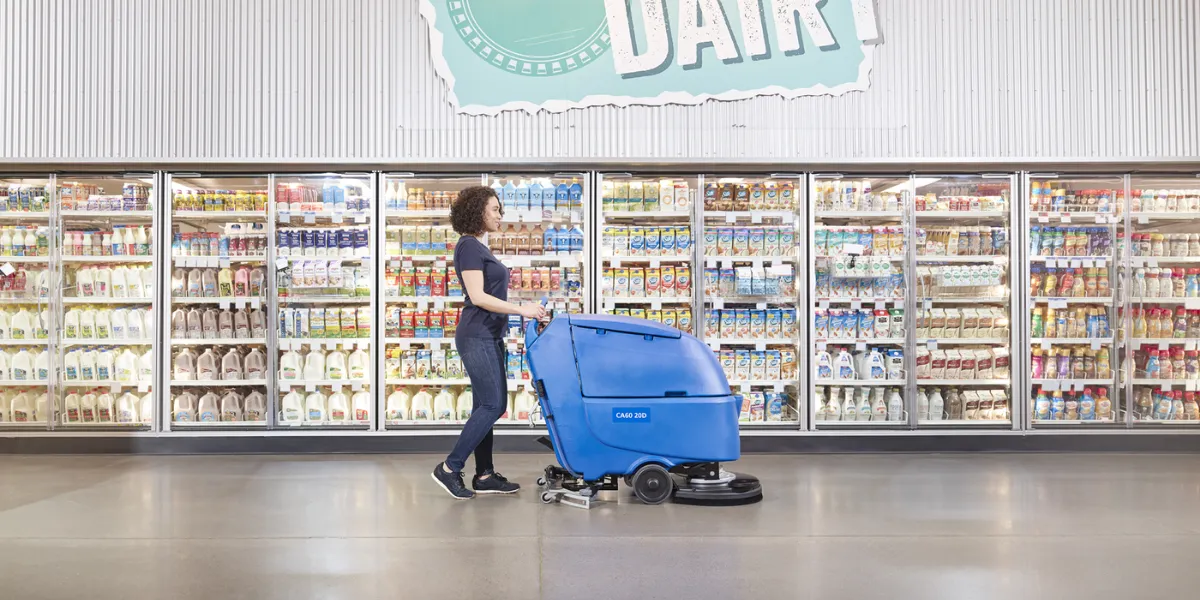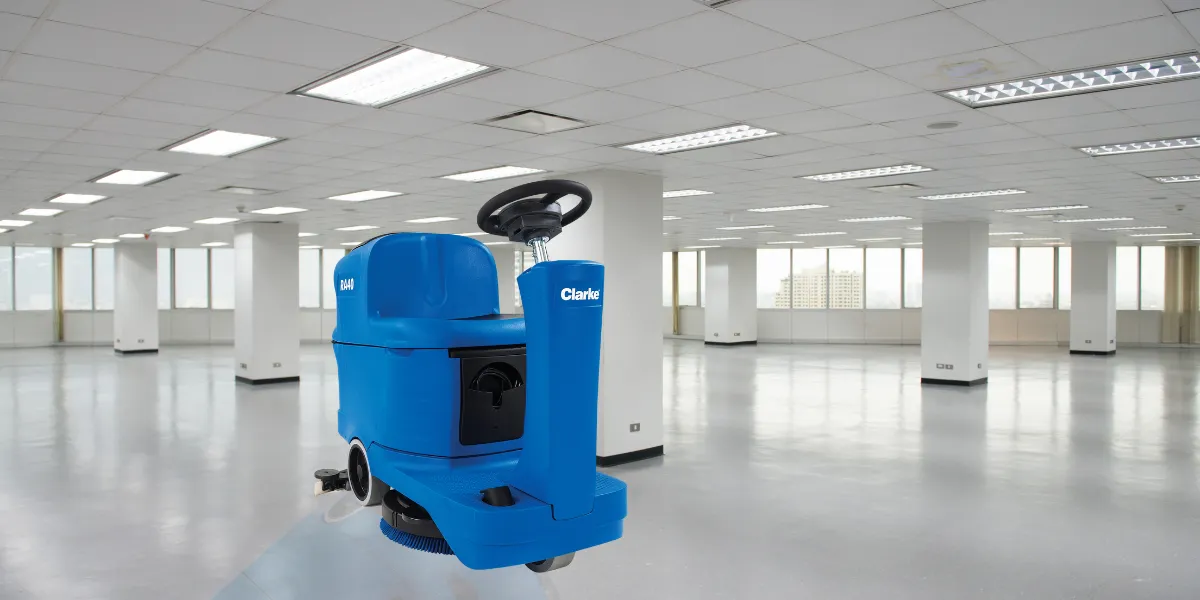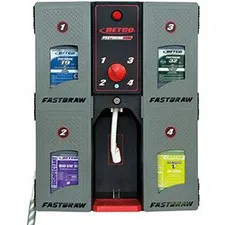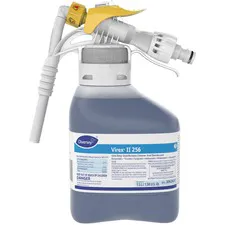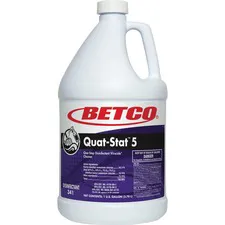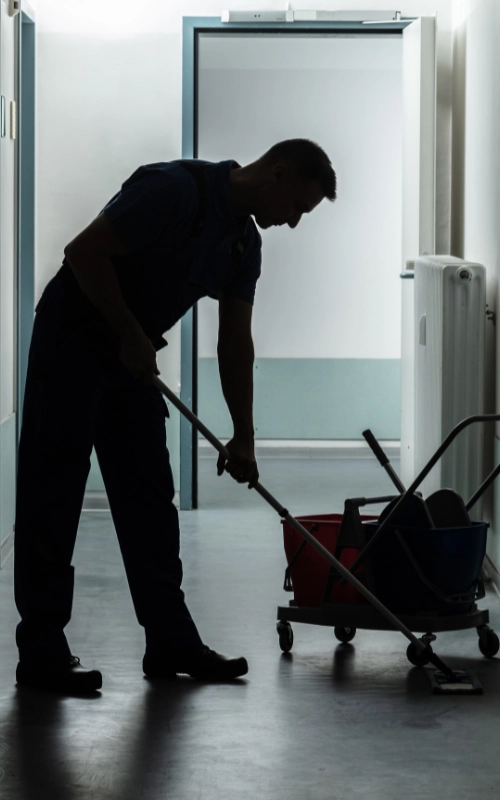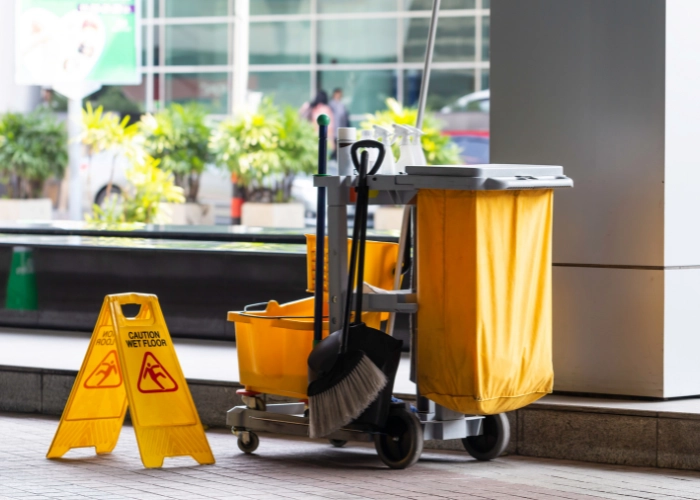What Are Automatic Floor Scrubbers?
Automatic floor scrubbers—also known as autoscrubbers—are powerful machines designed to efficiently clean and maintain hard floor surfaces. Unlike traditional wet mopping, autoscrubbers clean more thoroughly, more quickly, and leave floors dry and ready for immediate use—all in a single pass.
These machines dispense cleaning solution, scrub the floor using a rotating brush or pad, and then vacuum up the dirty water into a recovery tank. The result is a cleaner, safer, and more hygienic environment with less effort and downtime.
Choosing the Right Autoscrubber
Selecting the right scrubber depends largely on the size and layout of your facility. Key decision factors include:
Walk-behind vs. Ride-on Models
- Walk-behinds are ideal for mid-size areas or tighter spaces.
- Ride-on models are more efficient for large, open facilities.
Battery vs. Corded Power
- Battery units offer flexibility and mobility.
- Electric units provide continuous power without recharge time.
Tank Capacity
- Larger tanks allow longer operation without refills, ideal for bigger areas.
- Smaller tanks are more maneuverable and easier to maintain.
Cleaning Path Width
- A wider path covers more ground quickly.
- Narrow widths offer better precision in compact areas.
Additional Factors to Consider:
- Brush or pad size and speed
- Noise level (important in noise-sensitive environments)
- Ease of use and operator ergonomics
- Maneuverability in tight or obstructed areas
- Environmental impact and water/chemical efficiency
- Ease of maintenance and serviceability
- Warranty and long-term support
Our selection of clarke scrubbers
How to Prepare and Use an Automatic Floor Scrubber
To get the best results from your automatic floor scrubber—and to avoid premature wear or machine damage—it’s important to follow these preparation and operation steps:
✅ Preparation Before Scrubbing
Check the Battery
Ensure your scrubber has enough charge to complete the cleaning task.
Only charge when necessary to preserve long-term battery life, as overcharging can shorten battery lifespan.
Pre-Sweep or Dust Mop
Remove loose debris, dust, and dirt from the floor surface before scrubbing.
Failing to pre-clean can lead to:
Damaged squeegees
Accelerated wear on brushes or pads
Spread of wet dirt or mud that becomes harder to clean
⚙️ Operating the Scrubber
Fill the Solution Tank
Add clean water and your preferred cleaning chemical.
Use a neutral cleaner for sealed or finished floors.
Use an alkaline cleaner for unsealed concrete or industrial surfaces.
Attach the Brush or Pad
Install the appropriate brush or pad for your application. This is a quick and simple step.
Lower the Squeegee
Once your brush is attached, lower the rear squeegee to prepare for cleaning.
Begin Scrubbing
Power on the machine and choose your settings (pad pressure, solution flow, etc.).
For most jobs, a single-pass scrub is sufficient.
For heavy soils, consider:
Pre-scrub: First pass with solution only (squeegee raised)
Double-scrub: Second pass with normal squeegee and vacuum engaged
💧 How the Scrubber Works During Operation
The cleaning solution is dispensed from the solution tank, passing through a solenoid valve and into the brush area.
The spinning brush agitates the floor, loosening soils while distributing solution evenly.
Simultaneously, the squeegee collects the dirty water while the built-in vacuum system recovers it into the recovery tank.
The result? Clean, dry floors in a single pass—ready for immediate use.
